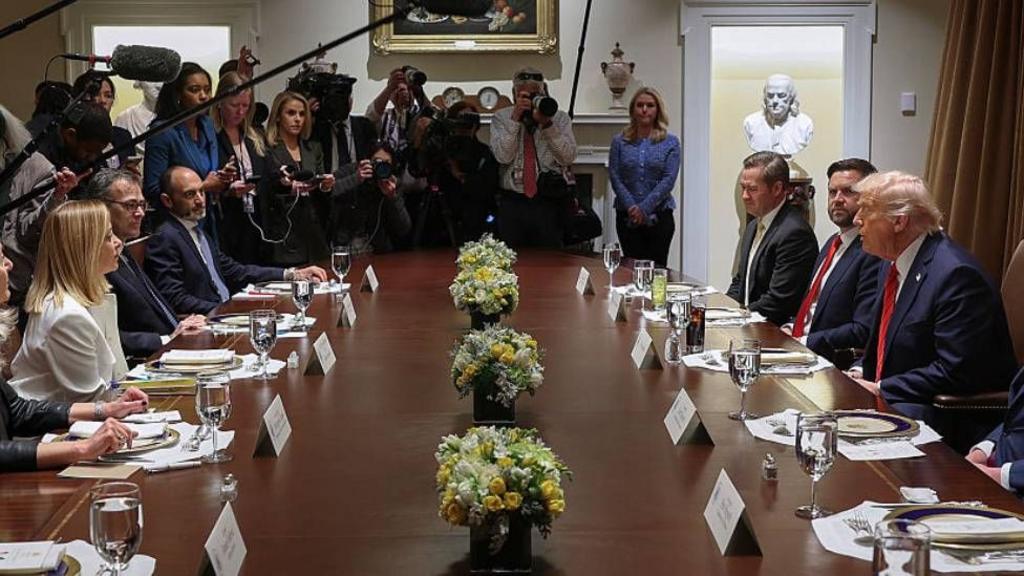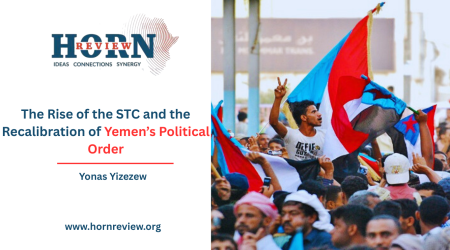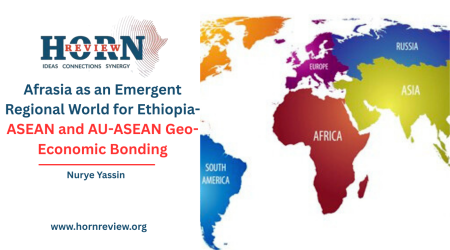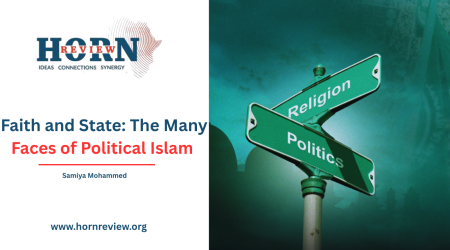
18
Apr
Between Power and Principle: Meloni’s Strategic Diplomacy in Trump’s Washington
As Italy’s Prime Minister Giorgia Meloni arrives in Washington to meet U.S. President Donald Trump on April 17, 2025, she represents more than Italy’s leadership. This visit marks a crucial moment in transatlantic relations, with Meloni serving as an informal EU emissary during strained EU-U.S. relations. The meeting occurs amid Trump’s recently announced and suspended 20% tariff on European goods, which has increased tensions across the EU as it considers the economic and political impacts. Meloni must balance competing interests while maintaining European unity and her political position. Trump’s approach stems from skepticism toward European integration, viewing the EU as advancing its interests at U.S. expense. Like his criticism of the WTO and WHO, Trump sees the EU as a supranational framework that benefits others while burdening American industries and taxpayers.
Meloni’s diplomatic mission is notable due to her position between Trump’s nationalism and European interests. Leading a right-wing government since 2022, she shares ideological ground with Trump on immigration control, traditional values, and national sovereignty. Trump has praised her as a “fantastic woman” making an impact in Europe, while Meloni has maintained this relationship by attending his inauguration and echoing Trumpian themes at conservative conferences. However, key differences exist, primarily her firm support for Ukraine contrary to Trump’s stance. Her position reflects her evolution from Euro-skepticism to pragmatic EU engagement. Since taking office, she has approached U.S. policy changes under Trump with careful prudence, addressing this delicate diplomatic challenge.
The immediate context for Meloni’s visit is the looming threat of a transatlantic trade war. For the European Union, with annual trade exchanges valued at €1 trillion, the economic implications are profound. The European Commission is advocating for a zero-for-zero tariff agreement, though Trump administration officials have shown little willingness to retreat from their baseline demand for a 10% tariff on all imports. This divergence in negotiating positions creates the diplomatic challenge that Meloni must deal with.
For Italy in particular, the implications are exceptionally critical. Approximately 10% of Italian exports go to the United States, making Italy the third-largest trading partner outside the EU. The tariffs announced by Trump have already led Rome to significantly reduce its economic growth projections. Her actions reflect a clear awareness of the responsibilities she carries and the broader principles her leadership embodies.
Perhaps the most delicate aspect of Meloni’s mission involves balancing Italian interests against her responsibility to represent European concerns. She has been warned not to undermine the EU during talks with Trump, amid fears he might attempt to draw her away from Brussels, potentially diminishing EU’s bargaining power. European officials will monitor the Italian premier closely. European Commission President von der Leyen has remained in contact with Meloni ahead of her Washington visit, showing Brussels’ concern over bilateral diplomacy’s implications. This coordination was prompted by fears that Meloni’s U.S. engagement could blur institutional lines, particularly in trade. The Commission clarified that while dialogue with Washington is valued, trade agreement negotiation remains exclusively the EU’s prerogative.
This reflects fears that Trump might exploit bilateral discussions to undermine European unity, as his first term showed his preference for dealing with individual European countries rather than the EU. Meloni’s diplomatic balancing is also complicated by domestic politics. Her right-wing coalition partner Salvini has advised against threatening EU retaliatory tariffs, while opposition figures have criticized the unilateral visit and Trump’s EU stance. These pressures require Meloni to manage expectations from coalition partners, critics, European allies, and the American president.
While trade dominates the immediate agenda, Meloni’s discussions with Trump necessarily encompass broader security considerations. There is a potentiality of increased Italy’s defense spending to NATO even though this might not be sufficient given Trump’s calls for alliance members to raise spending to 5%.
This defense dimension highlights how various policy issues are interconnected in the transatlantic relationship. European security concerns have been heightened by Trump’s approach to Ukraine and his other actions including the issue of Greenland.
Moreover, there are growing concerns about alignment between Trump’s anti-EU stance and the Kremlin’s long-standing objectives. The withdrawal of U.S. support for Ukraine has triggered a major security crisis, revealing dangerous fault lines within the 27-nation EU bloc. At the same time, the Trump administration seems to be encouraging populist nationalist movements in Europe, potentially influencing EU cohesion even further. The outcomes of Meloni’s Washington mission could set important precedents for EU-U.S. relations throughout Trump’s second term.
While this visit provides significant opportunities for her to show her alignment with Trump, the risk on the other side would be the need for Meloni to prove her representation of the EU as a whole, not only for Italy. If Meloni succeeds in moderating Trump’s tariff demands while maintaining European unity, her approach would be validated. It will strengthen her position both domestically and within Europe. However, if Trump uses the meeting to drive wedges between EU member states, the situation could become far more complex. Should he offer Italy preferential treatment in exchange for breaking ranks with the broader European position, Meloni would face her most difficult test yet. She would be forced to choose between immediate national advantages and the longer-term imperative of European solidarity.
The meeting might also yield minimal tangible results but still provide valuable intelligence about Trump’s true objectives and negotiating parameters. Most of the time her stance reflects for other EU partners to avoid decisions that could lead to conflict with the US.
Trump’s resentment toward China and Meloni’s cautious reorientation away from Beijing (notably her decision to withdraw Italy from the Belt and Road Initiative) are likely to echo in Africa, where China’s economic footprint is vast. If Washington and its allies seek to counter Chinese influence more aggressively through infrastructure, tech, or strategic investments, the Horn of Africa could become a critical arena. Countries like Djibouti, home to both Chinese and U.S. military bases, or Ethiopia, a key Belt and Road partner, may increasingly feel pressure to choose sides. The Meloni-Trump axis could attempt to position the West as a counterweight to Chinese influence but doing so credibly requires a serious policy rethink, one that avoids past patterns of conditional, top-down engagement.
Regarding security and counterterrorism cooperation, instability in the Sahel is expanding eastward, and renewed security concerns in the Red Sea have heightened strategic interest in the region. As a result, the Horn of Africa remains a key focus of Western security and counterterrorism cooperation. Under Trump, U.S. engagement tends to be narrowly focused on counterterrorism, often at the expense of state-building. If Meloni follows that line, prioritizing hard security and migration containment over institutional support or democratic norms, EU policy toward the Horn could further shift toward a securitized model.
By Yonas Yizezew,Researcher, Horn Review










